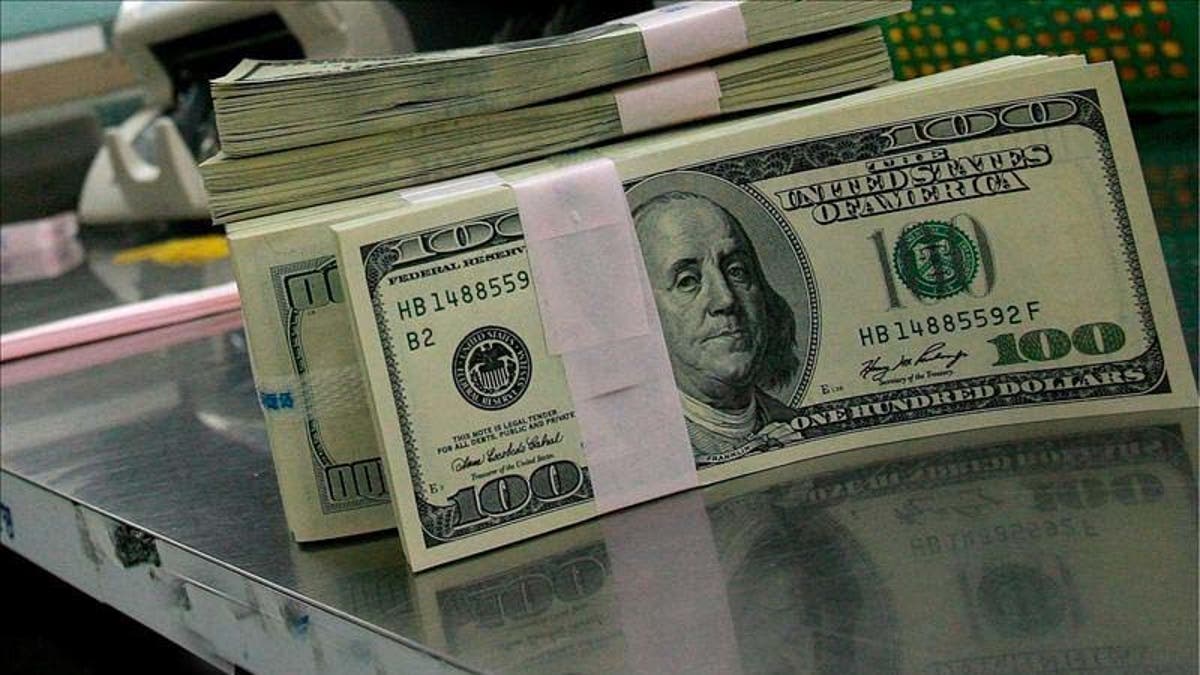
(AP)
The global financial crisis that hit 10 years ago has remarkable similarities to a much earlier crisis that most people today have never heard of – in 1287 in England.
In the 2008 crisis, President George W. Bush won support from both Republicans and Democrats in Congress for a $700 billion emergency bailout of the U.S. financial system. The system was in grave danger of a catastrophic collapse that could have plunged the world into a second Great Depression.
President Bush and Congress took swift action because giant banks with billions of dollars in assets were deemed “too big to fail.” Fortunately, the rescue plan that President Bush set in place and that President Obama continued saved America and the world from an economic nightmare.
And, hard as it is to believe, a similar episode took place in England 721 years earlier.
The similarities between the modern and medieval episodes of “too big to fail” are striking. Some parallels are found in the nature of the problems.
First, both the medieval English King Edward I and President Bush faced the possible collapse of seminal financial institutions within their respective societies.
In England, King Edward – who reigned from 1272 to 1307 – faced a crisis that had nothing to do with a banking system (as we know it) or the stock market. Instead, the crisis involved Kirkstall Abbey, a monastery in Yorkshire in Northern England, which was not only a religious institution but also an important financial institution in medieval England.
The abbey earned money and fueled exports by selling wool from its sizeable herd of sheep. But disaster struck. A disease killed all the sheep, leaving no wool for export.
This actually put the abbey in the same position as U.S. investment banks in 2008. The abbey’s principal asset – land – was not liquid. And its cash flow was inadequate, threatening the abbey with default.
The crisis was existential for the abbey. Financial failure would mean the dissolution of the monastery, the dispersal of the monks to other institutions, and the distribution of the abbey’s assets to creditors.
The crisis was similar to the one that led to the collapse of the Lehman Brothers investment bank in 2008, when the bank made the largest bankruptcy filing in American history, due to both illiquidity and reported insolvency.
Like President Bush centuries later on the other side of the Atlantic, King Edward arranged a financial bailout. A member of the family that had long been a benefactor to the abbey managed the effective bankruptcy.
The English government supervised all revenues and expenditures, and the abbey was given what amounted to an allowance to operate. All other revenues were assigned to creditors on a pro-rata basis, with the hope that the abbey would survive. It did.
King Edward clearly believed the abbey was “too big to fail” because it was too important for both the domestic economy and international trade. At the time, wool was a major export for England and the principal source of what we now call hard currency, a vital commodity to enable Edward to fight wars in which he was engaged.
In both 2008 and 1287, each industry under stress was very important to its home nation’s international standing and operations, with implications for cross-border economic and financial fallout.
Also, the impact of a weakened wool industry in 13th century England and a weakened financial sector in 21st century America was similar, because both were comparably vital to their respective domestic economies.
The solutions to both crises also bore commonalities. For one thing, financial triage is at the center of the concept of “too big to fail,” whether in the 13th century or the 21stcentury.
In both crises, a policy debate raged over which institutions to save and which to allow to fail, accompanied by a management debate involving how to save institutions with the least damaging and least costly outcomes in the long term.
In addition, medieval and modern leaders alike faced naysayers and confronted political and economic opposition, both internally within their own administrations and externally in the court of public opinion.
Bailouts in each setting succeeded only with buttressing from public-private partnerships. Rescue packages relied on the full machinery of government to execute the policy choices and on the private sector to execute aspects of the bailouts.
Finally both King Edward and President Bush had to use extraordinary, even extra-legal, measures to avert disaster.
Despite the noteworthy similarities between the medieval and modern versions of “too big to fail,” many differences also prevail – some obvious, others less so. The principal contrast is the greater complexity of the 21stcentury environment compared to that of the 13th century, and, of course, modern institutions are subject to government regulation.
Deeper credit markets in this century also afford far more options for resolution of distressed institutions, and the speed both of contagion and resolution during and after a crisis is considerably faster now than it was in 1287.
In addition, the church played a much more active role in the medieval economy and financial operations than it does in modern credit markets.
Examining both 13th and 21st century versions of crises and bailouts underscores “too big to fail” as a financial strategy or technology that is not unique to our century.
The occurrence of a bailout as a solution to a financial crisis in 1287 is not merely a curiosity. It also draws attention to some important characteristics of both medieval and modern systems, the study of finance, and the nature of technology and innovation.
Studying this financial crisis from long ago can teach us important lessons to better understand what has happened in our own lifetimes and what may happen in the years ahead.
